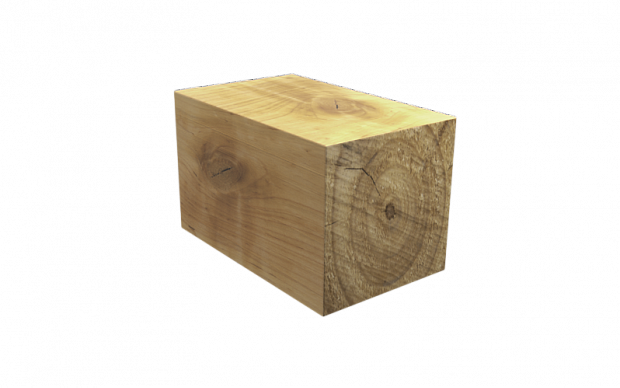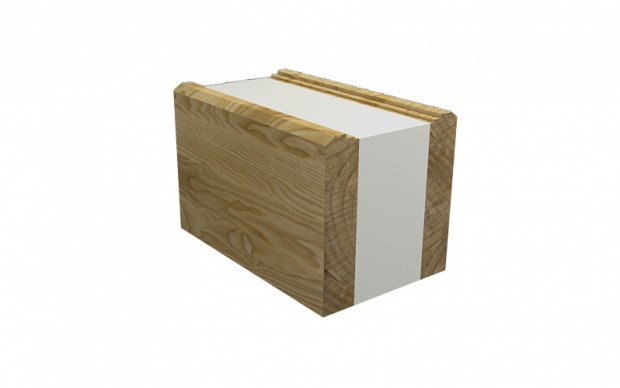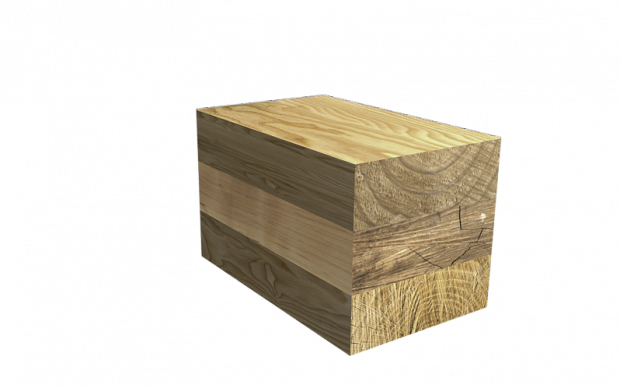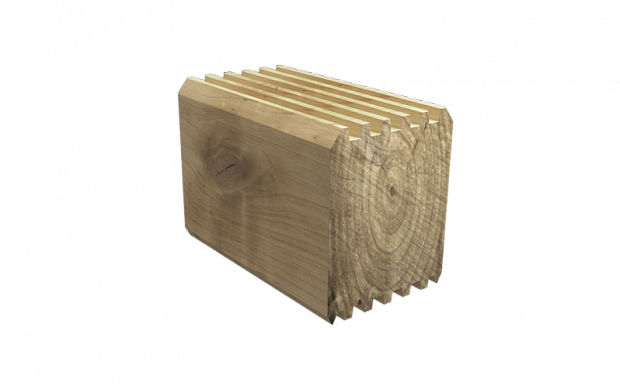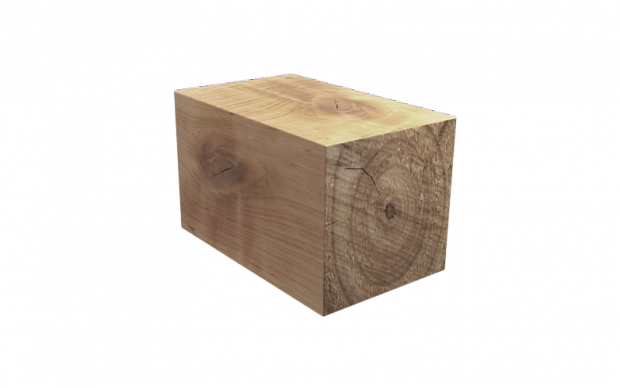Wooden beams is a construction material of standard shape and length. Eco-friendly, practical and multipurpose, it can be used in various applications and environments, meeting different requirements in each and every occasion.
Material
Construction wood shall be coniferous: pine, spruce, cedar. These are not susceptible to rotting, are resistant to fungi, moulds, bugs.
- Pinewood. High density ensures strength and low dry weight. Rare cracking. Nearly unshrinkable. Low cost. Susceptible to darkening with time and resin bleeding. Durability over 200 years.
- Whitewood. Spruce logs have better heat insulation properties than pinewood, better moist resistance, colouration uniformity, bending stiffness to prevent shrinkage and deformations. Nearly insusceptible to darkening in use. No resin bleeding. Higher in price than pinewood.
- Cedar. Expensive material with great properties: wide range of colour tones, high strength while easy processing, low thermal conductivity, higher moist resistance, good fire resistance if properly processed.
- Combined materials. Logs may include layers of larch or other species.
Structure
- Normal or solid beams are made from single sticks by shaping. Minimum processing exposes natural wood structure, ensures eco-friendliness and rustic appearance. Need time to shrink and thorough weatherisation of joints.
- Double or cold-proof logs consist of two boards (inner and outer) and an insulation interlayer. These are costlier than solid logs, look neater, provide good heat insulation, but require close compliance with the building procedure and regular maintenance in use.
- Glued laminated logs are the most expensive kind of logs made of pre-dried and pre-processed lamellas. Properly selected, these make beautiful, strong and warm buildings capable of long lasting with no additional efforts or expenses.
- Square or bevelled. Can be used for lightweight buildings. Require additional interjoist sealing. Features one or two tongues/grooves to get the pieces locked in each other.
- Double tongue and groove stack with free space between the tongues to conceal sealant. Some types provide for heat insulation cord laying in grooves.
- Multigroove joint: notched horizontal surface prevents air throughflow. No interjoist sealant is required.
All-flat or D-sided. All-flat logs form nearly smooth surface with recesses where the log rows join each other. D-sided pieces imitate rounded logs. Generally, D-sided logs are placed with their rounded sides outside and flat sides inside for convenient interior works.
Moisture content
- Timber with natural moisture content. The least costly option with no additional post-processing. Susceptible to cracking and deformations, requires at least a year for a building to settle prior to finishing.
- Kiln dried timber. Comparatively costly option due to moisture content adjustment in a kiln. Nearly insusceptible to deformations. Requires no repair after shrinkage.
Besides, the logs may differ by height and have sides 5 to 400 mm wide. At least 200-mm logs are recommended for house making.


